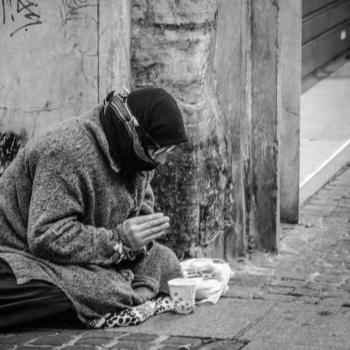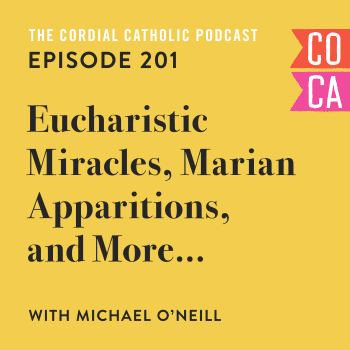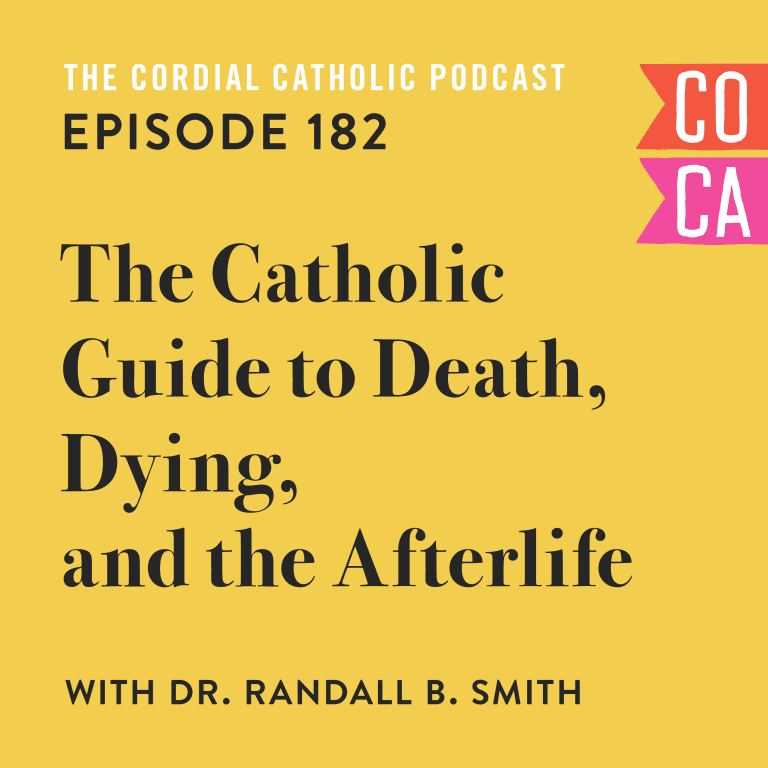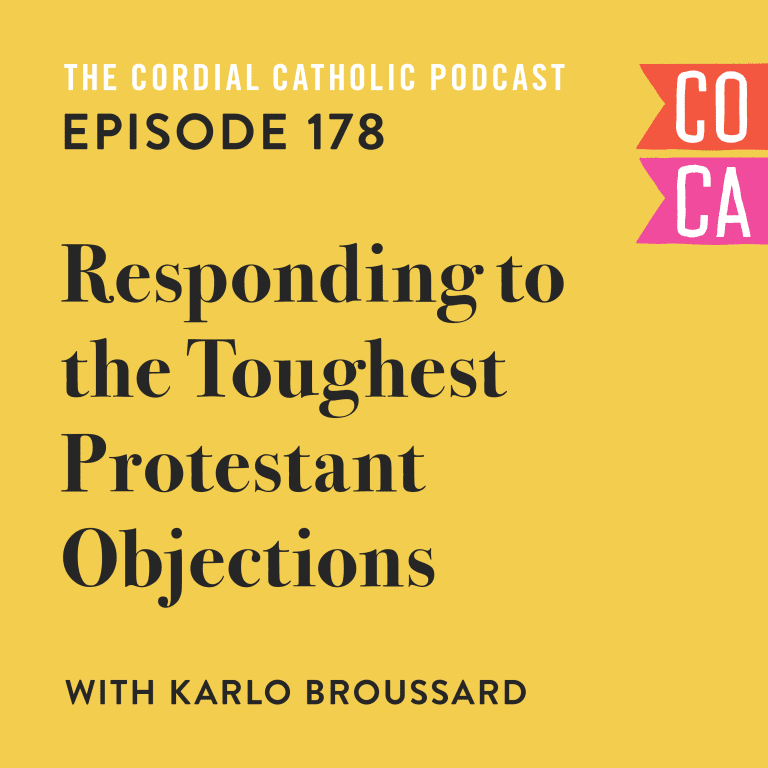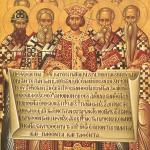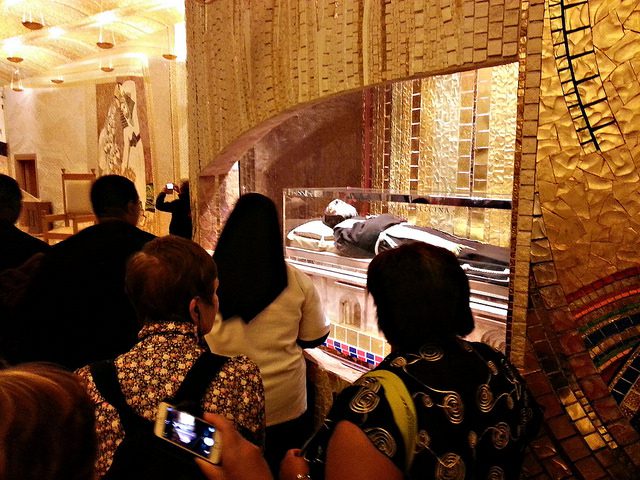
There are some things, as a Catholic, that I’d prefer were kept secret from my Evangelical friends and family.
True, it’s bad enough that we have the saints, and Mary, and the secret fraternities of the Da Vinci Code but there are things worse than those already highly embarrassing realities.
I’m talking, specifically, about the incorruptibles. Saints who’ve died whose bodies simply refuse to decay.
And so we keep them and look at them and cart them around.
This week the incorruptible body of St. Padre Pio is on display at the Vatican for this period leading up to Lent.
Padre Pio, one of the hall-of-famers in Catholicism’s Weirdest Saints category who was known to bi-locate, who experienced the wounds of Christ which bled from his hands on a regular basis, and who was known to be such an incredible confessor that he’d have insight into your sins before you even confessed them.
Faced with such a bizarre biography and left, after all, with a body that simply won’t decay—on display for everyone to see, nonetheless—I’m reminded why, sometimes, it’s best to just keep quiet about this peculiar faith in which I’ve tossed my lot.
As an Evangelical convert to Catholicism there was a certain appeal to the Communion of the Saints.
While an Evangelical, I had a hard time understanding why “life everlasting” only lasted for as long as a human being sojourned on earth. In our theological malaise, none of our denominations held out any hope for any kind of “communion” with those that had gone before us despite its obvious, an inexplicable, inclusion in the ancient Christian creeds.
“I believe in the Communion of the Saints.”
Instead, once you were dead, you were dead. Except then you were in Heaven.
But the veil between the two could nary be pierced.
It was, in hindsight, a bit of an odd theology and its uniformity across the whole of the Evangelical world is certainly strange because this was never—by any stretch of the imagination—the perspective of the Christian Church prior to the Reformation.
Surely, dead was dead, but the Church from nearly the very beginning of the thing believed that our deceased Christian brothers and sisters played an active role in the Body of Christ even if we couldn’t see, or touch, or speak to them directly (at least as far as they couldn’t directly speak back).
This theology, a theology which takes at face value Christ’s conquering of death, made a great deal of sense to me as an Evangelical. If I’m the hands and feet of the body of Christ why would those hands and feet be abruptly severed if I pass away—especially if Christ has conquered death.
And so it went.
Likewise, I had no trouble going even a little bit further as an Evangelical and accept the validity of relics.
It isn’t hard to do: The New Testament makes a plain case for St. Paul’s handkerchief and St. Peter’s shadow.
In life, great saints like these founders of the Christian Church had the ability to heal and work miracles merely with things they’ve touched or spots they passed over.
If the Church—for two-thousand years—has held that these saints are still at work beyond their earthly deaths then how difficult is it to imagine that their relics have this same power, too?
Or, at least, some power… or some benefit.
It’s hardly a stretch. After all, the earliest churches in Christian history were built over the bones—and relics—of the great saints with this exact purpose in mind.
But incorruptibles? Now we’ve gone too far.
It’s like that crazy Catholic aunt: house full of statues, pictures of the Blessed Virgin and saints, her purse stuffed with prayer cards and rosary beads.
That crazy Catholic aunt who arrives an hour before daily Mass to pray and stays an hour afterwards to chat.
Like that crazy Catholic aunt, the incorruptibles can be a subject of embarrassment for us, the timidly faithful. An embarrassment because these incorruptible saints are just so Catholic and like that crazy aunt of ours there’s just no hiding it.
I mean, eventually someone’s going to find out that we’re related.
But, I think that’s the point.
Because I once heard a very wise religious sister say that it’s the prayers of those “crazy church ladies” that will save us all in the end. Surely. Because, after all, they’re praying. Even if we are embarrassed by their piety.
I mean, beyond the initial attempt at changing the topic or an awkward side-step to avoid the conversation altogether what am I left with if my earnest Evangelical friends bring up these unmistakably holy saints?
These are the incorruptibles: Scary as hell because they don’t decay but earnest as you’ll ever get. A bold faced miracle, right in front of a modern world—and, unlike Moses come down from Mount Sinai with his face all aglow, there’s no hiding it.
Because, ultimately, as bizarre as it is for a saint to teleport, bleed from his hands, and be able to read people’s minds it seems only fitting that his body, when no longer useful, would be left behind for us to marvel at. To stand as this weirdo testament to the strange and remarkable power of God.
To unflinchingly demain our attention and interest and leave us—oh lowly us—to figure out what in the world it’s supposed to mean.
These incorruptibles. Man, they’re weird, but that’s the God we serve.
In His wisdom He raises some from the dead, and leaves some behind. None of this we can fairly sweep under the rug—as scary as it may be.
Stay in touch! Like The Cordial Catholic on Facebook:





